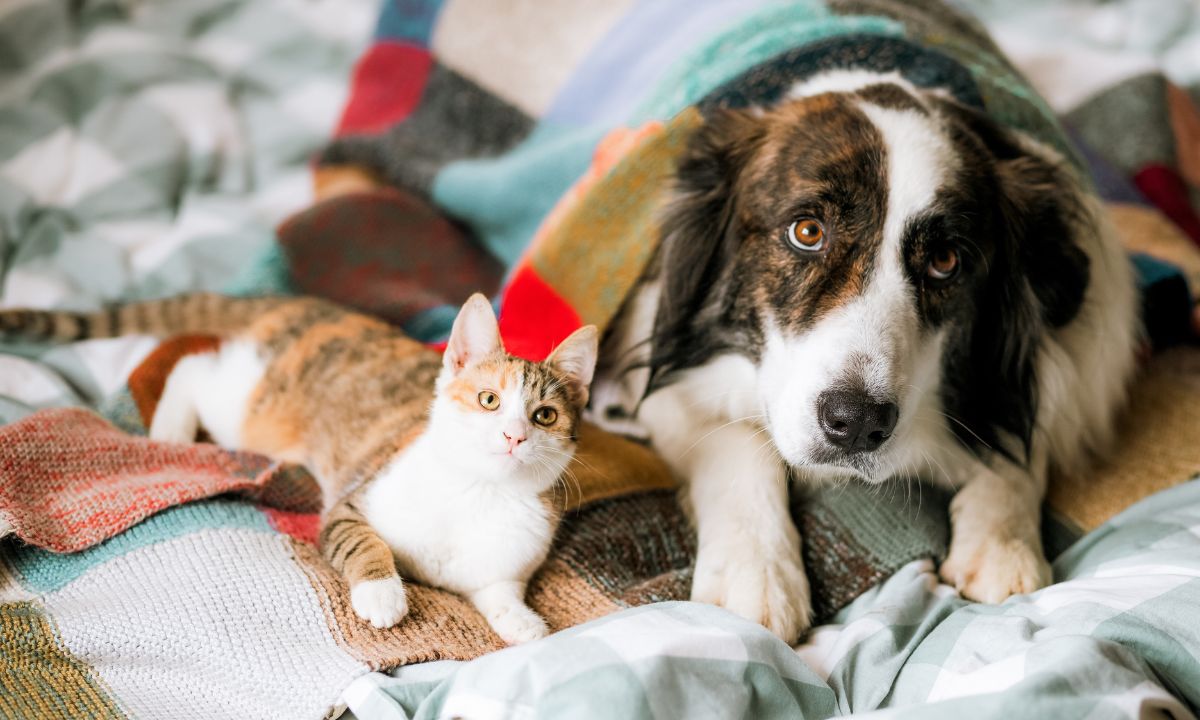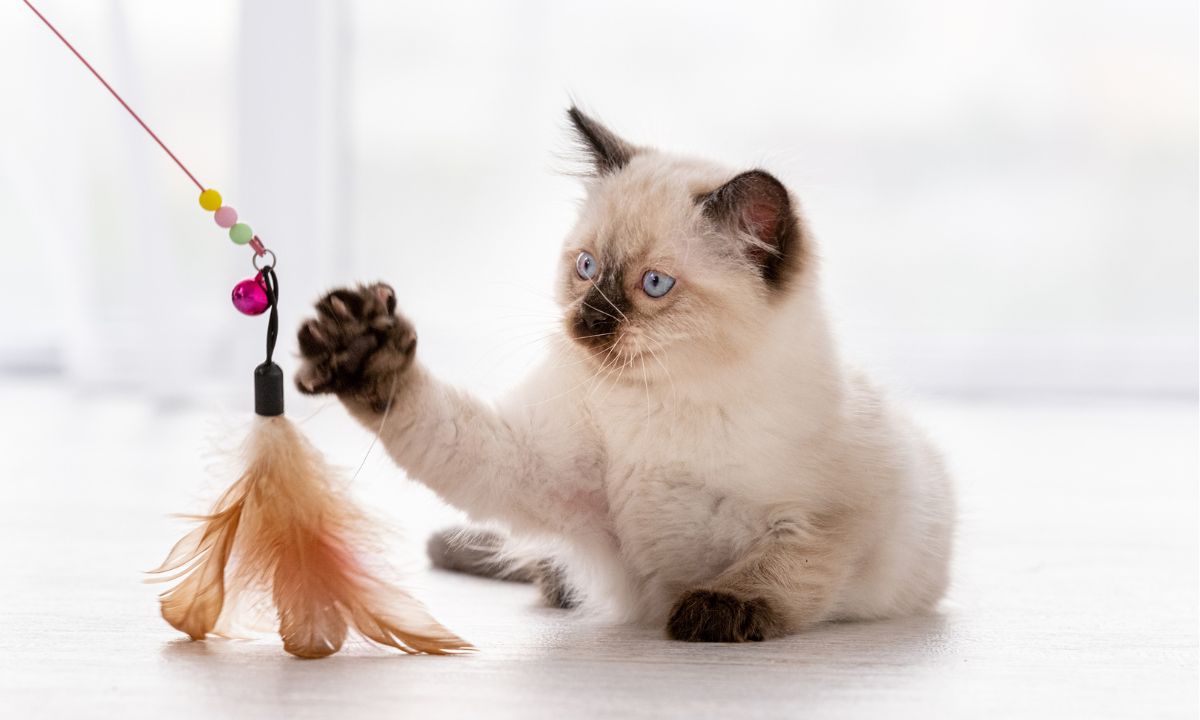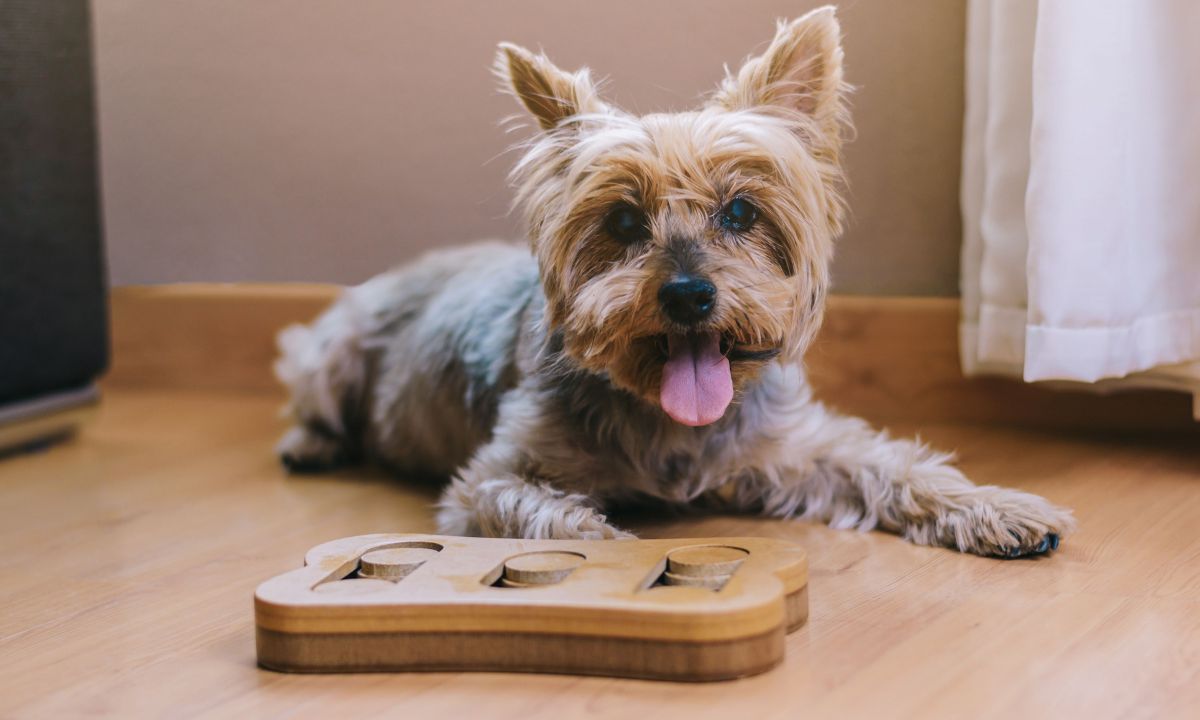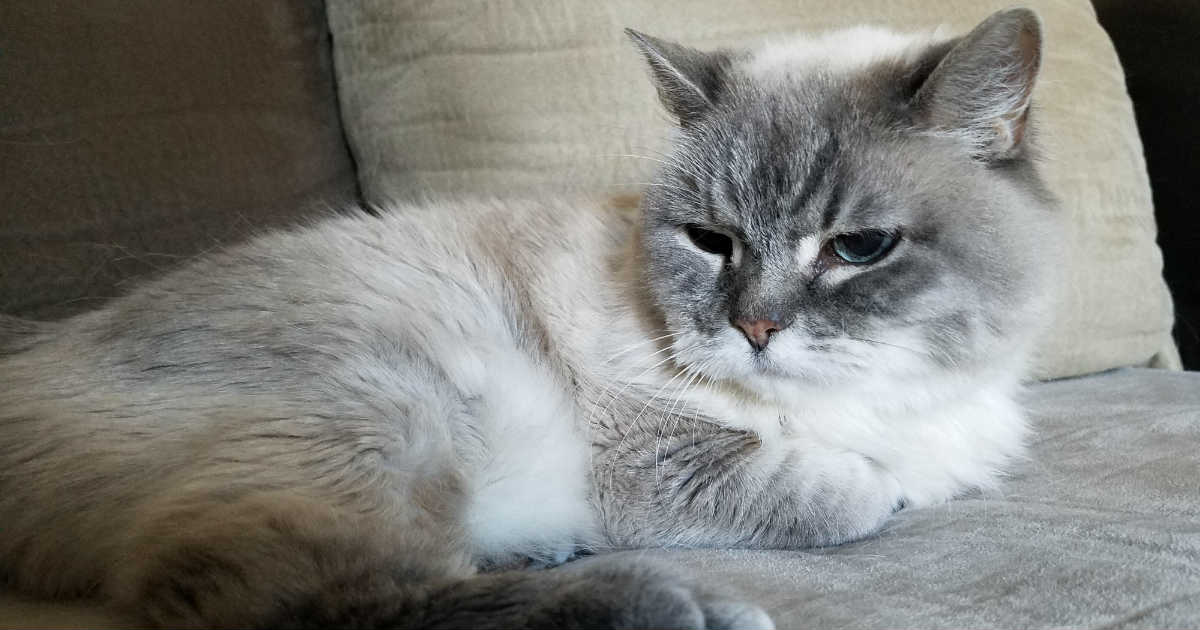As a pet parent, it can be heartbreaking to see your dog or cat stressed every time you leave the house. Separation anxiety isn’t just a bad habit; it’s a genuine behavioural issue that affects your pet’s wellbeing. The good news is, with the right tools, routines, and support (including help from a trusted sitter when you can’t be there), you can make life easier for both you and your pet.
What Is Separation Anxiety in Pets?
Separation anxiety is a behavioural condition where pets feel intense stress when left alone or apart from their primary caregiver. It goes beyond simply missing you; it can affect their behaviour, health, and overall happiness. The sooner you recognise and address it, the easier it is to manage.
What Causes Separation Anxiety in Pets?
There isn’t one single cause of separation anxiety. Different pets develop it for different reasons, and sometimes the trigger isn’t obvious. Commonly cited factors include:
- Abandonment issues – Pets that were orphaned, surrendered to a shelter, or rehomed may be more likely to develop separation anxiety.
- Schedule changes – If you’ve been working from home and suddenly start leaving for full workdays, your pet may struggle with the sudden shift.
- Moving house – New environments, unfamiliar scents, and disrupted routines can make pets feel insecure.
- Changes in household members – When someone moves out, pets that thrive on companionship may feel unsettled.
These life changes can leave a lasting impression, and signs of anxiety often appear once your pet is left alone.
Signs and Symptoms of Separation Anxiety
Separation anxiety looks different in dogs and cats. Knowing the signs will help you understand whether your pet’s behaviour points to stress.
Dogs may show:
- Excessive barking or howling
- Chewing or destroying furniture or belongings
- Pacing around the house
- Attempting to escape
- Drooling, panting, or restlessness
For these behaviours to be associated with separation anxiety, they need to occur only when your dog is alone, not when you are home.
Cats may show:
- Excessive meowing or vocalising
- Urinating or defecating outside the litter box
- Scratching furniture
- Over-grooming
- Loss of appetite
- Hiding when left alone
Like dogs, these behaviours usually occur during separation, not when you’re present. If they happen all the time, another issue may be at play.
Behaviours That Can Be Mistaken for Separation Anxiety
Not every destructive or noisy behaviour means your pet has separation anxiety. Here are some other possible causes and how to tell the difference:
Dogs:
- Boredom – Chewing or digging happens whether you’re home or away.
- Excessive barking – Barking at people or noises while you’re present points to habit or territorial behaviour.
- Juvenile destruction – Puppies naturally chew and explore; this improves with age and training.
- Lack of training – Dogs without boundaries may chew or get into things even when you’re home.
- Medical issues – Restlessness or accidents indoors due to illness occur regardless of absence.
Cats:
- Boredom – Scratching, knocking items over, or chewing often happens even when you’re around.
- Attention-seeking vocalisation – Meowing directly at you usually means they want food, play, or affection.
- Juvenile exploration – Kittens are naturally more destructive as they grow and learn.
- Territorial marking – Urinating outside the litter box may be about territory, not separation.
- Medical issues – Conditions like UTIs or pain can trigger unusual behaviour at any time.
Solutions and Fixes
The good news is that separation anxiety can be managed. While it takes patience and consistency, there are plenty of strategies that help pets feel calmer when left alone.
Tools and Tips for Owners
- Counter-conditioning – Pair your absence with positive experiences, like puzzle toys or treats.
- Practice departures – Many pets get stressed the moment you grab your keys or coat. Try doing these things without leaving the house, so your pet doesn’t panic before you even step out the door.
- Exercise and stimulation – A tired pet is a calmer pet. Schedule play or walks before you leave.
- Enrichment toys – Puzzle feeders, lick mats, or climbing spaces for cats keep pets occupied.
- Calming aids – Pheromone diffusers, soft music, or weighted blankets can make the environment soothing.
Some pets need a slow, structured desensitisation process that can take weeks or months. But not every owner has the time or budget for professional training. If you can’t dedicate that level of commitment, a sitter is a practical solution.
A sitter can give your dog or cat companionship and consistency while you’re away, easing their anxiety without the stress of being left alone all day. Platforms like PetBacker make it simple to find reliable sitters who understand these behaviours and can step in when you can’t.
Pet-Specific Notes
Dogs
- Mild cases often improve with counter-conditioning and plenty of exercise.
- Moderate to severe cases may need gradual desensitisation. In the meantime, a sitter or doggy daycare can prevent destructive behaviour.
- Activities like scent games and puzzle toys help dogs release anxiety in healthy ways.
Cats
- Cats may seem independent, but many crave daily interaction. Sitter visits for feeding, play, and companionship can prevent stress.
- Puzzle feeders, scratching posts, and climbing spaces keep them entertained between visits.
- For social cats, more frequent sitter drop-ins or overnight stays may help them feel secure.
Conclusion
Separation anxiety is tough on pets and owners, but it doesn’t have to disrupt your life. With patience, enrichment, and sitter support, your pet can learn to feel safe even when you’re not home. Sitters play a huge role in reducing stress for both dogs and cats, and with PetBacker you can easily connect with trusted, loving sitters who provide the care and companionship your pet needs. Whether it’s a dog that struggles when left alone or a cat that craves daily play, the right sitter can make all the difference.














